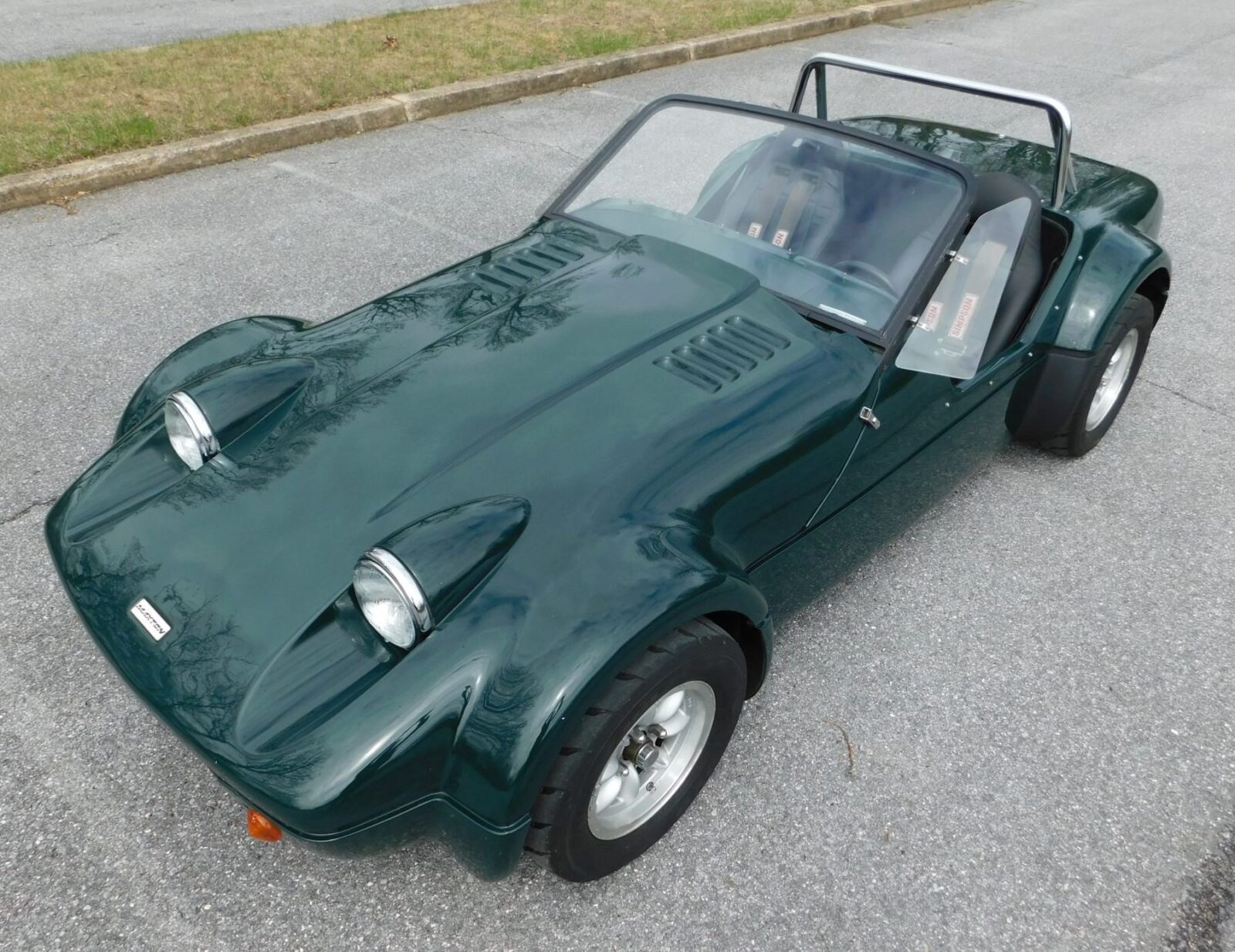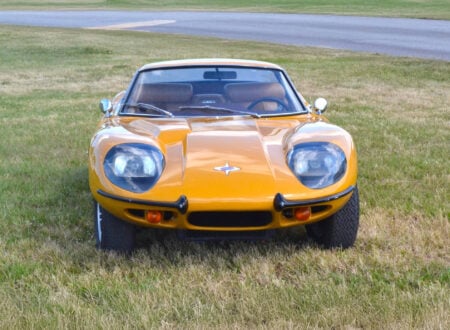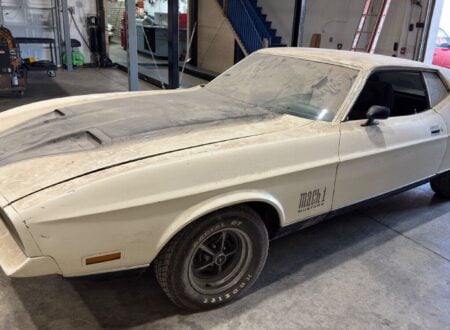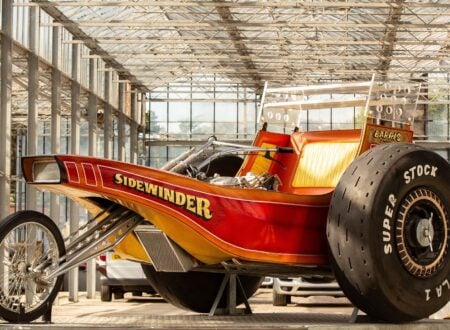The Maxton Rollerskate is a Mazda Wankel rotary engine-powered sports car designed and built in the United States in the early 1990s. The example you see here was built from a kit on the PBS TV series MotorWeek as part of a 5-part series.
In some respects, the Maxton Rollerskate was an American answer to cars like the Lotus/Caterham 7, an ultra-lightweight sports car where the driving experience is put front and center, and things like comfort, practicality, and inclement weather protection are very much secondary concerns.
Fast Facts – Maxton Rollerskate
- The Maxton Rollerskate was developed in the early 1990s in Englewood, Colorado. Inspired by the Lotus/Caterham 7, the Rollerskate was designed to incorporate a compact and lightweight Wankel rotary engine from the first-generation Mazda RX-7 into a minimalist, ultra-lightweight sports car package.
- The Rollerskate featured a new spaceframe chassis constructed from square tube steel, a light fiberglass body, and the complete RX-7 drivetrain, including the engine, transmission, and live axle rear end.
- The car featured some unusual styling cues, including Bug Eye Sprite-style headlights, as well as a side exit exhaust, and a very compact engine bay tailored to fit the small RX-7 rotary engine. Weighing in at just 1,680 lbs, the Rollerskate offered excellent performance by the standards of the time, including a 0-62 mph time of 5.5 seconds, and handling so sharp it became the weapon of choice for some autocross and hillclimb competitors.
- Launched during the economic downturn of the early 1990s, the Maxton Rollerskate faced challenging market conditions. With the US entering a recession in 1992/1993, potential buyers were less inclined to invest in luxury items like sports cars. As a result, only 51 were produced, and the Rollerskate has remained a niche and somewhat obscure vehicle.
Building An American Caterham 7 Challenger
The Maxton Rollerskate was developed around the idea of taking the compact and lightweight Wankel rotary engine out of the first-generation Mazda RX-7, and installing into a Caterham 7-style roadster. It was a stroke of genius that would create one of the best-handling American sports cars of its era.
Above Video: This is part one of the five part MotorWeek series where they assemble the Maxton Rollerskate shown here in this article. You see the entire process from start to finish, and it offers a fascinating insight into what it’s like to build a kit car.
Unusually, the Maxton would be built in Englewood, Colorado rather than in the more traditional states like Michigan or California. The company was founded by wealthy businessman and vintage racing enthusiast Bob Sutherland, who brought on an all-star team including Dan Ripley, Michael Mate, Ben van der Linden, and Gary Valler.
A new spaceframe chassis made from square tube steel was developed, a lightweight fiberglass body was designed to fit neatly over the top, and the entire drivetrain was sourced from the Mazda RX-7 – including the engine, transmission and live axle rear end.
The completed car had unusual styling, including Bug Eye Sprite-style headlights, a side exit exhaust, seating for two, and an exceedingly compact engine bay just big enough to house the tiny RX-7 rotary engine.
With a curb weight of only 1,680 lbs (762 kilograms), the Maxton Rollserskate was a lightning quick sports car with a 0-62 mph time of just 5.5 seconds. It could outperform almost anything around a track and if you had $19,500 USD you could build one yourself.
The only issue with the Rollerstake was its timing. When it was introduced in 1992/1993 the USA was slipping into a recession. This meant that people had far less money to spend on things like sports cars, and those would could afford it were largely keeping their pursestrings firmly tied.


In all, 51 production examples of the Maxton Rollerskate would be built. For many years they were seen as a bit of an automotive oddity but now, 30 years after the model was first introduced, the popularity of the unusual sports car from Colorado is increasing.
The Maxton Rollerstake Shown Here
The car you see here is the third and final prototype that was made. It was manufactured in kit form by the factory, and shipped to the PBS TV series MotorWeek. It was then assembled by their Master Technician Pat Goss and his team as part of a 5-part series in 1992. After this it was given away to a viewer in Florida.
We have include the full five part series embedded in this article above and below. Each episode runs approximately 5-6 minutes in length, so the whole series is only roughly 25 minutes long in total. It’s incredible to think that the vehicle you see being assembled in this series, is the exact same vehicle shown in this article.
The series is well worth watching, as it includes plenty of footage of Bob Sutherland, the creator of the Maxton Rollerstake, discussing the car and showing the MotorWeek team through the factory including insight into how the components of the car were made.
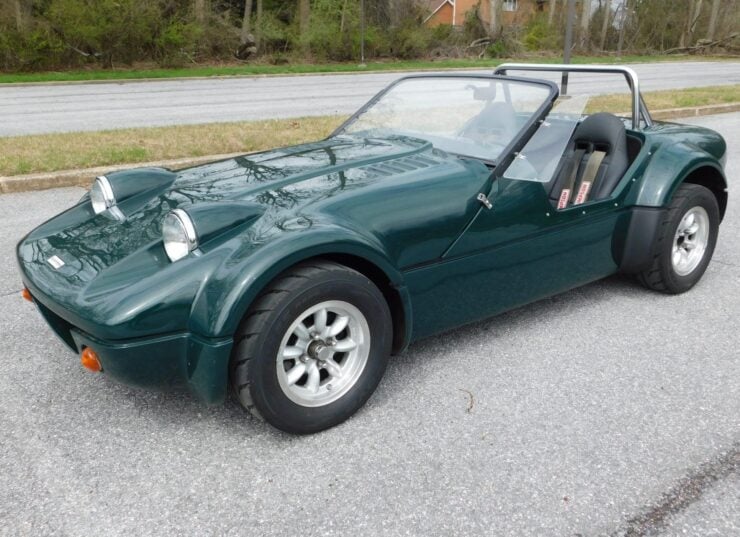

Interestingly, years later, the car was bought by a senior producer of the MotorWeek TV series, and it was given a full refurbishment to get it back on the road after a lengthy stint in storage. As part of this refurbishment it was given all new tires, a new radiator, refreshed fuel system components, and an overhaul of its four wheel disc brakes.
The car is now being offered for sale out of Owings Mills, Maryland on Bring a Trailer with an additional Panasport wheel and a clean Maryland title in the seller’s name. If you’d like to read more about it or register to bid you can visit the listing here.
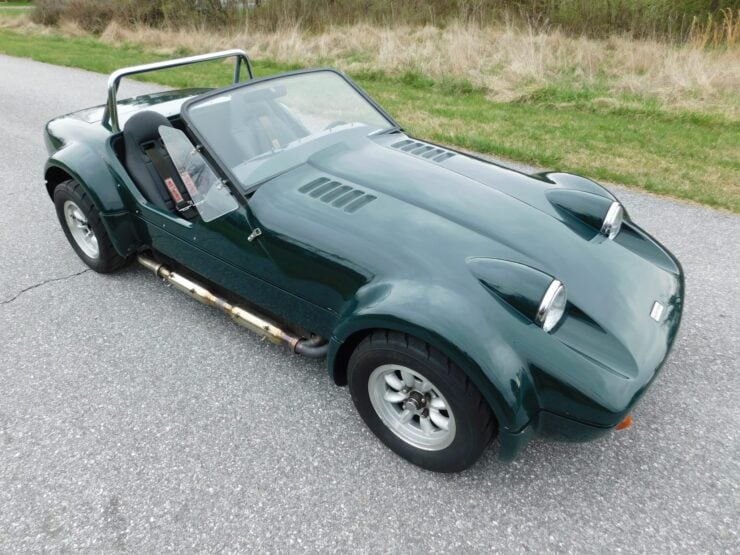
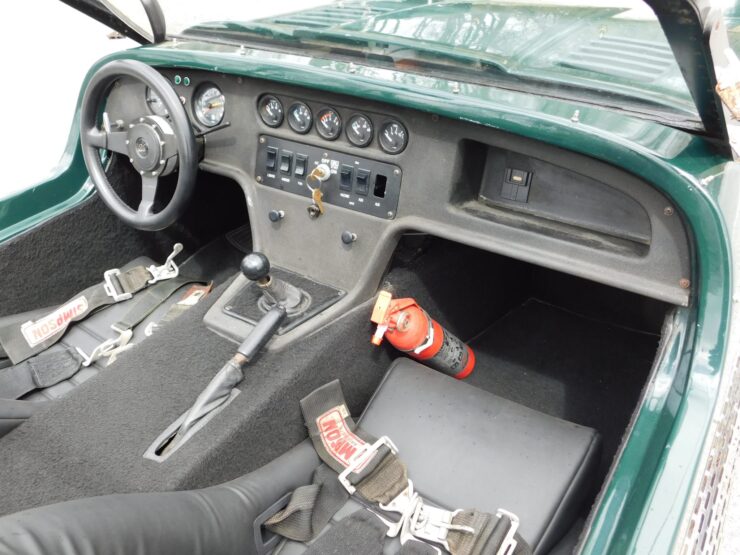
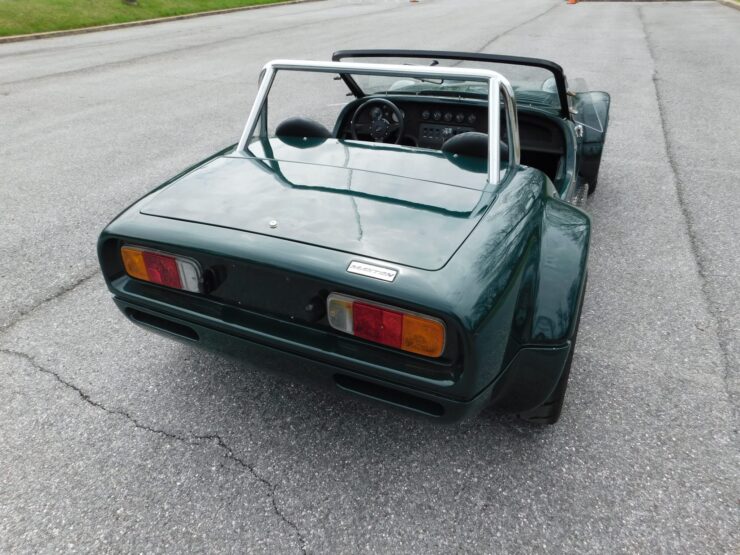
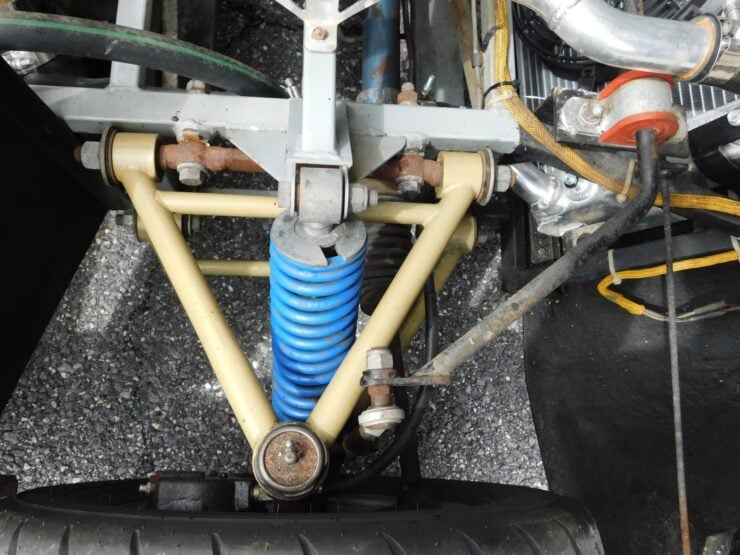
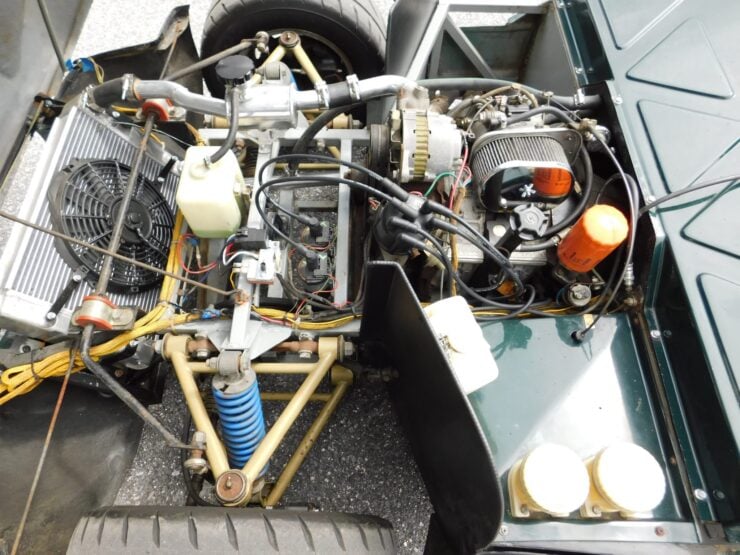
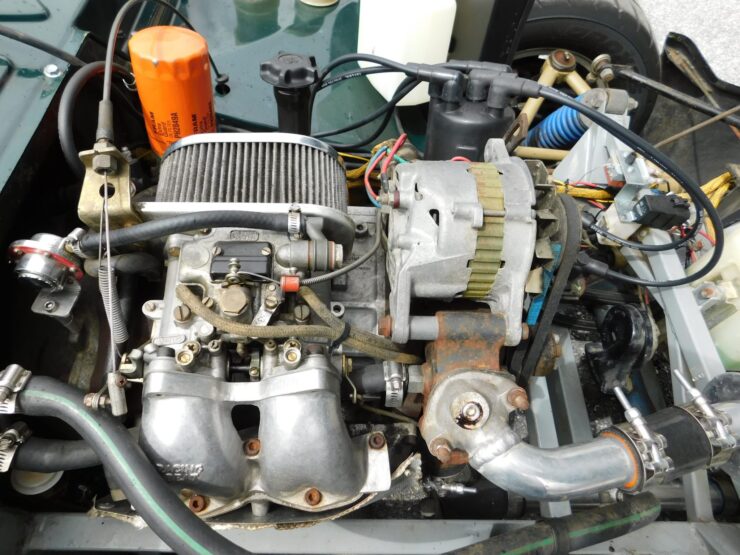
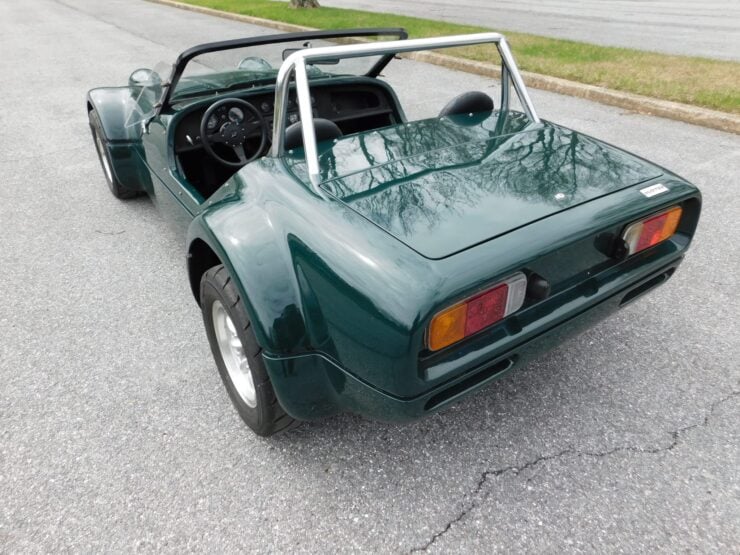
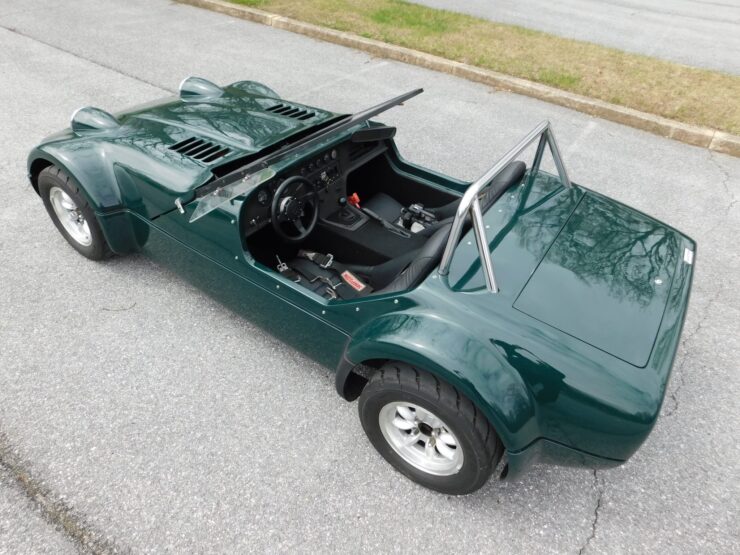

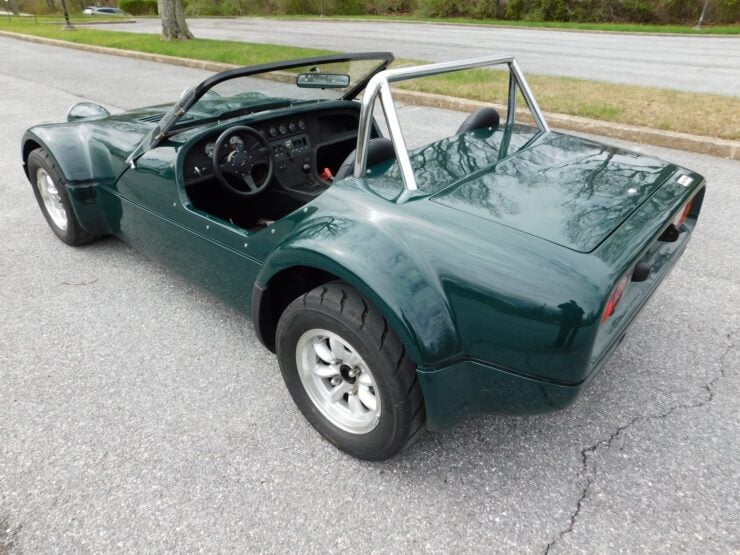
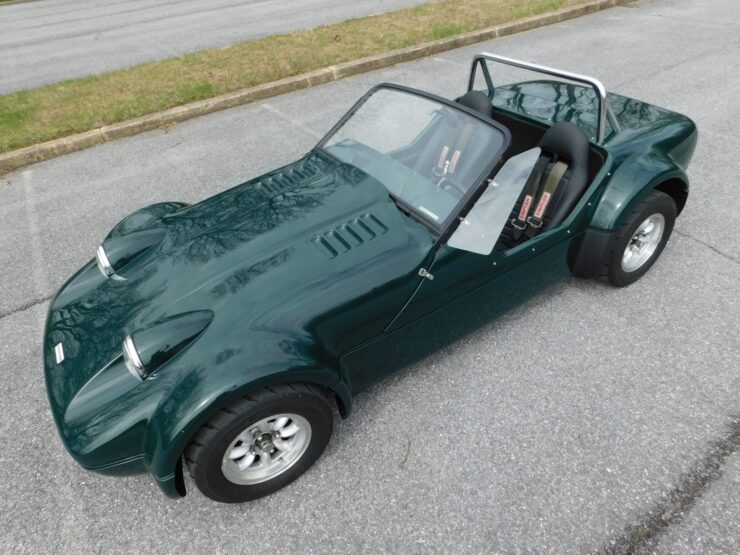

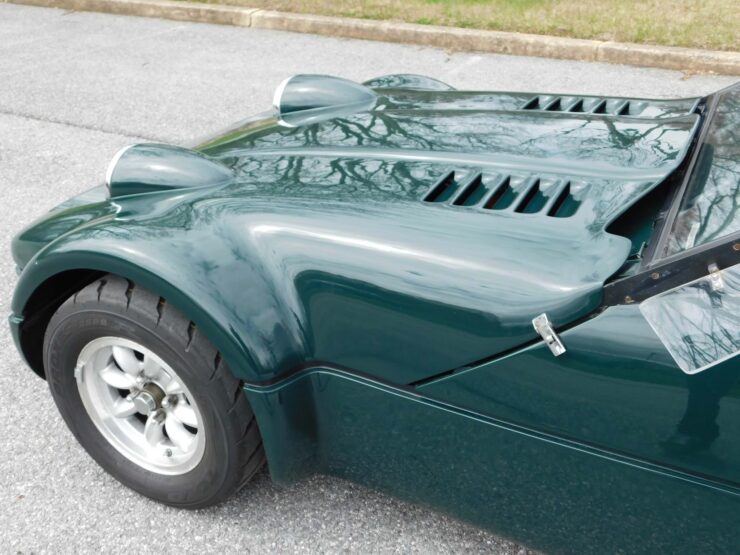
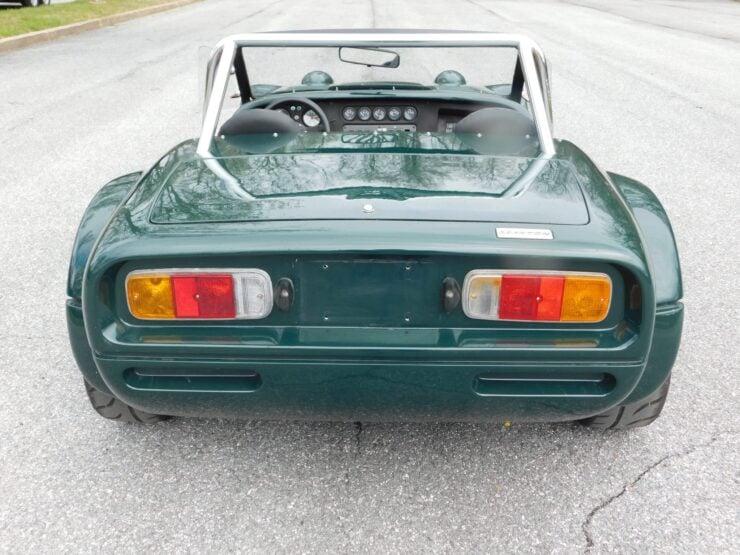
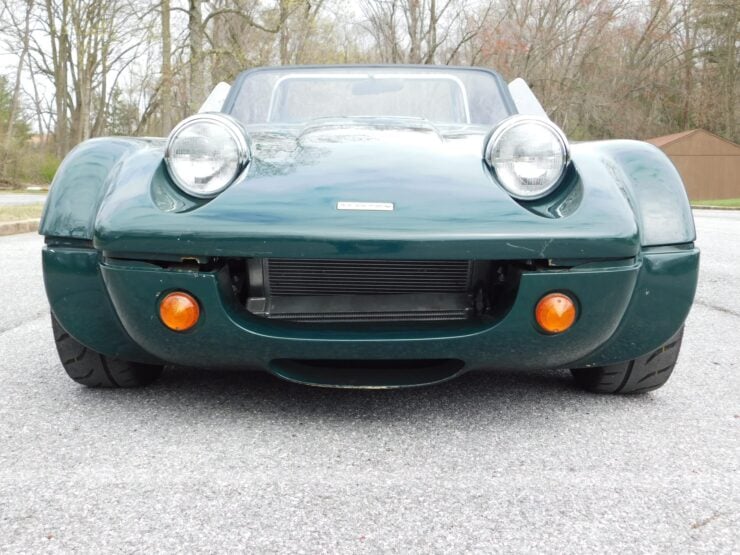
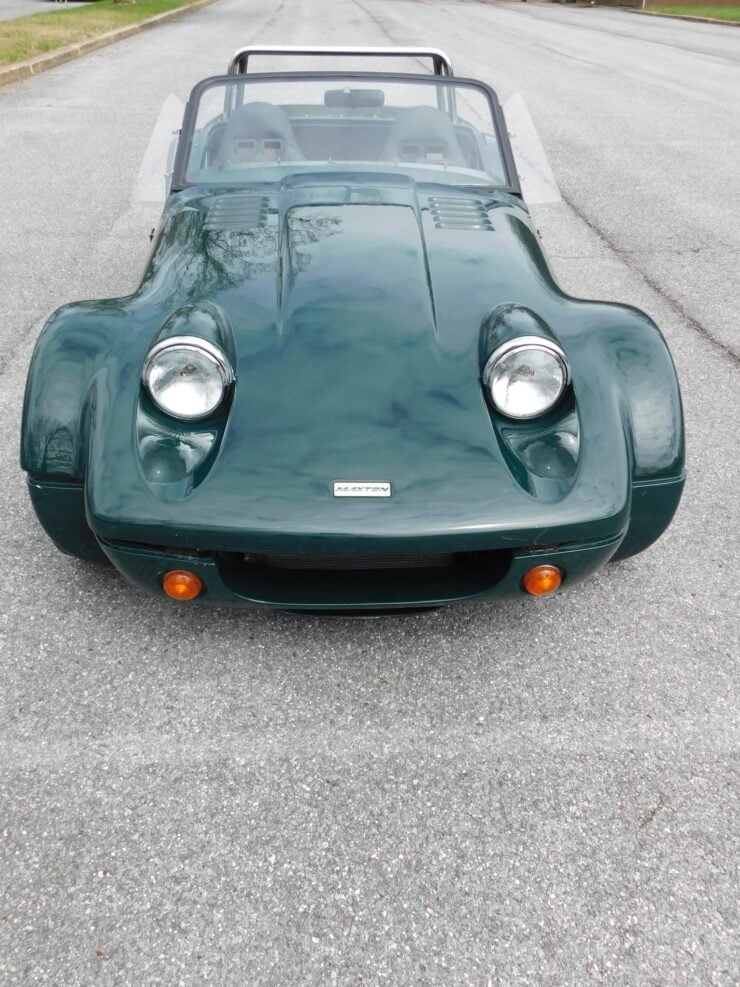
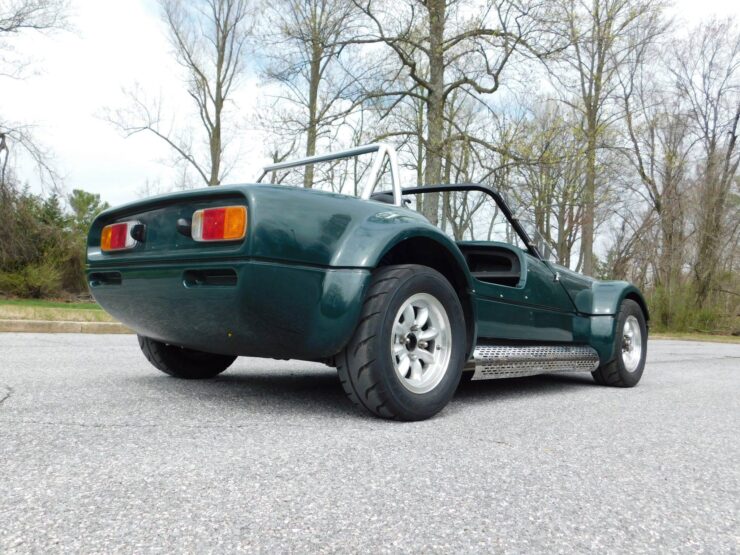
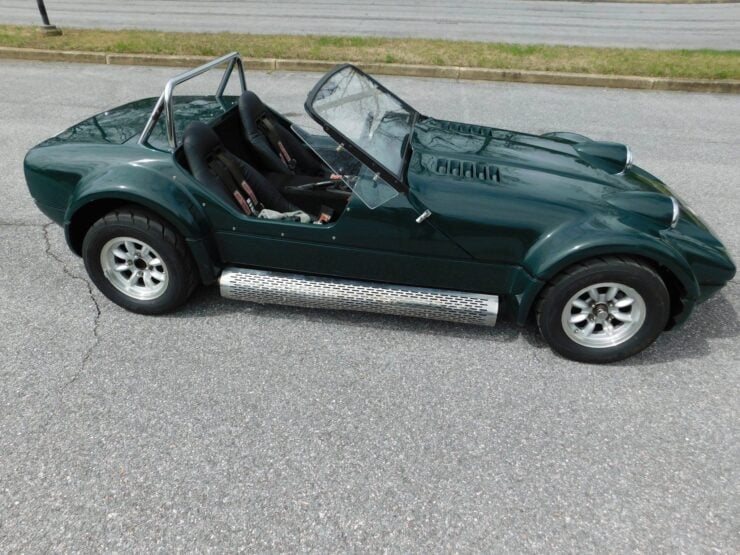
Images courtesy of Bring a Trailer

